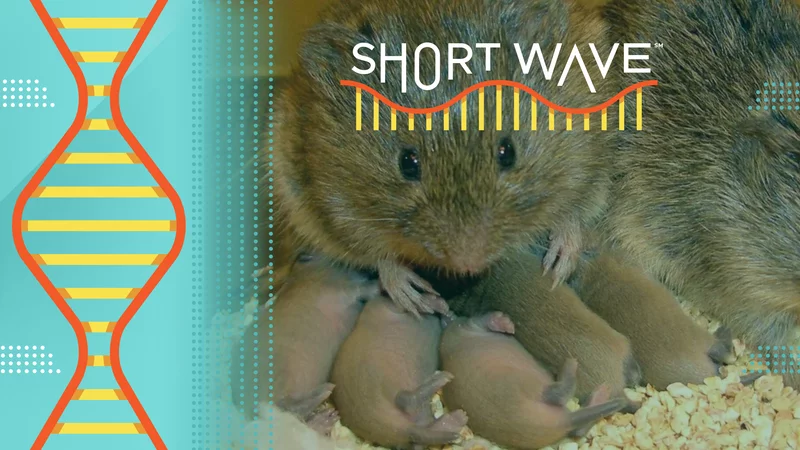For decades, scientists have been fascinated by the intricate chemistry of love, searching for the biological mechanisms that drive human connection, bonding, and affection. At the heart of this research lies oxytocin, often referred to as the “love hormone.” This powerful neuropeptide has long been considered essential in fostering emotional bonds, deepening trust, and reinforcing relationships. But how did scientists come to this conclusion? Surprisingly, much of what we know about oxytocin and love doesn’t come from humans—it comes from small, furry creatures known as prairie voles.
Prairie voles have played a crucial role in advancing our understanding of how oxytocin functions in the brain. Unlike many other rodent species, prairie voles are monogamous, forming long-term pair bonds with their mates. Scientists discovered that when these voles formed attachments, oxytocin levels in their brains surged, reinforcing their affectionate behavior. The more researchers studied these social rodents, the more convinced they became that oxytocin was the driving force behind both vole and human attachment.
For years, this theory seemed to hold strong. Oxytocin was not only associated with romantic love but also with maternal bonding, social recognition, and even the trust required for meaningful friendships. Studies suggested that when oxytocin was released—whether through physical touch, eye contact, or positive social interactions—it enhanced feelings of closeness and affection. This led to the popular belief that love, in all its forms, was biologically tethered to this single molecule.
However, in recent years, new research has begun to challenge this long-held notion. Scientists have started questioning whether oxytocin is truly indispensable to love and bonding or if the story is more complex than previously thought. Some studies have shown that even when oxytocin receptors are blocked or genetically removed in prairie voles, many still form strong attachments to their mates. This unexpected finding has led researchers to reconsider whether love can exist independently of oxytocin and what other biological or environmental factors might be at play.
As the scientific understanding of oxytocin evolves, so does the broader question: Is love purely chemical, or is there something more profound driving our deepest connections? If prairie voles can bond without oxytocin, could humans do the same? The answer remains uncertain, but one thing is clear—the science of love is far more intricate than we once believed.
So, can love truly prevail without the so-called “love hormone”? The search for answers continues, and with each discovery, we come one step closer to unraveling the mysteries of the human heart.
